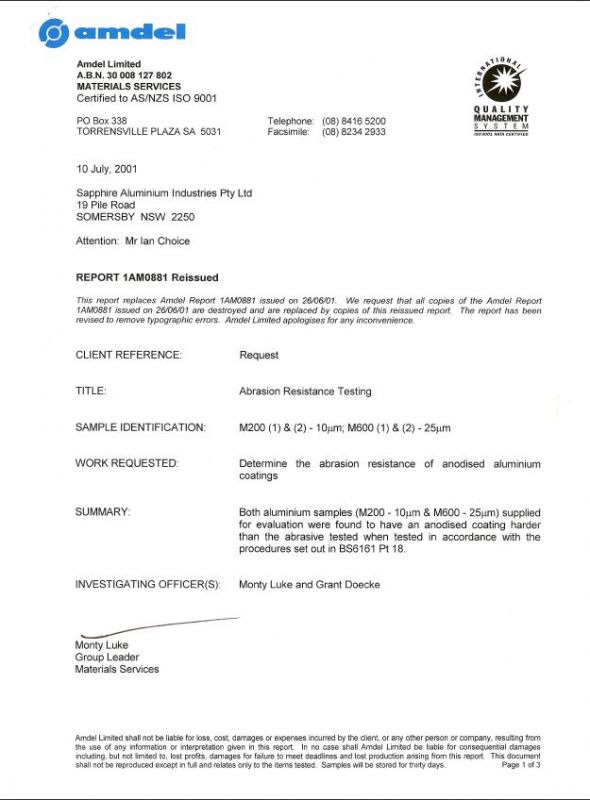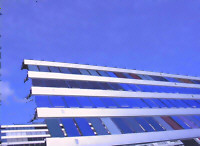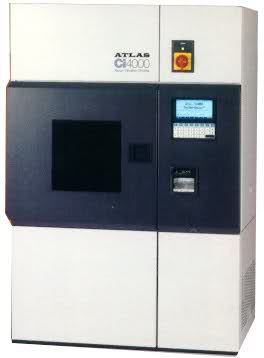Testing
52 Years of Aluminium Excellence
At Sapphire we conduct regular testing of our coatings to ensure that they will perform for many years of fault free service
KMH Life Cycle Report Anodising v’s Powdercoating and PVDF
The full KMH Environmental report is now available for download.
COATING THICKNESS
Any Coating over 20 microns is tested with an Iso Scope and recorded to ensure it complies withe AS 1231-2000
WEIGHT LOSS
Our coatings are regulary checked internally and independantly to ensure they comply or exceed the requirements of AS1231-2000
HARDNESS
Our coatings are tested for the abrasion resistance of the coating in accordance with BS6161 Part 18. Unlike Powdercoating, anodising is not tested for hardness with lead pencils. The hardness on anodising is tested using a machine with abrasive emory clothe mounted to it and 400 double strokes are made against the anodised surface to test it for wear. This is then measured in accordance with methods in the above quoted standard for a pass or fail result.
Please see test below for our

WEATHERING
Our coatings are tested for weathering by way of external testing laboratories using a xenon arc lamp to ensure that any colour change is kept within defined limits as per AAMA 609.98
Xenon Sunlight Simulation
Xenon arc testers are considered the best simulation of full-spectrum sunlight because they produce energy in the UV, visible and infrared regions. To simulate natural sunlight the xenon arc spectrum must be filtered. The filters reduce unwanted radiation and/or heat. Several types of glass filters are available to achieve various spectra. The filters used depend on the material tested and the end-use application. Different filter types allow for varying amounts of short-wave UV, which can significantly affect the speed and type of degradation. There are three commonly used types of filters: Daylight, Window Glass and Extended UV. Figures 8-10 show the spectra that these filters produce. Also included is a close-up look at these spectra in the critical short-wave UV region from about 295 to 400 nm.
Xenon Moisture Simulation
Most xenon arc testers simulate the effects of moisture through water spray and/or humidity-control systems. The limitation of water spray is that when relatively cold water is sprayed onto a relatively hot test specimen, the specimen cools down. This may slow down the degradation. However; water spray is very useful for simulating thermal shock and erosion.

